Seismic Station on Remote Farallon Islands Gets Critical Upgrade
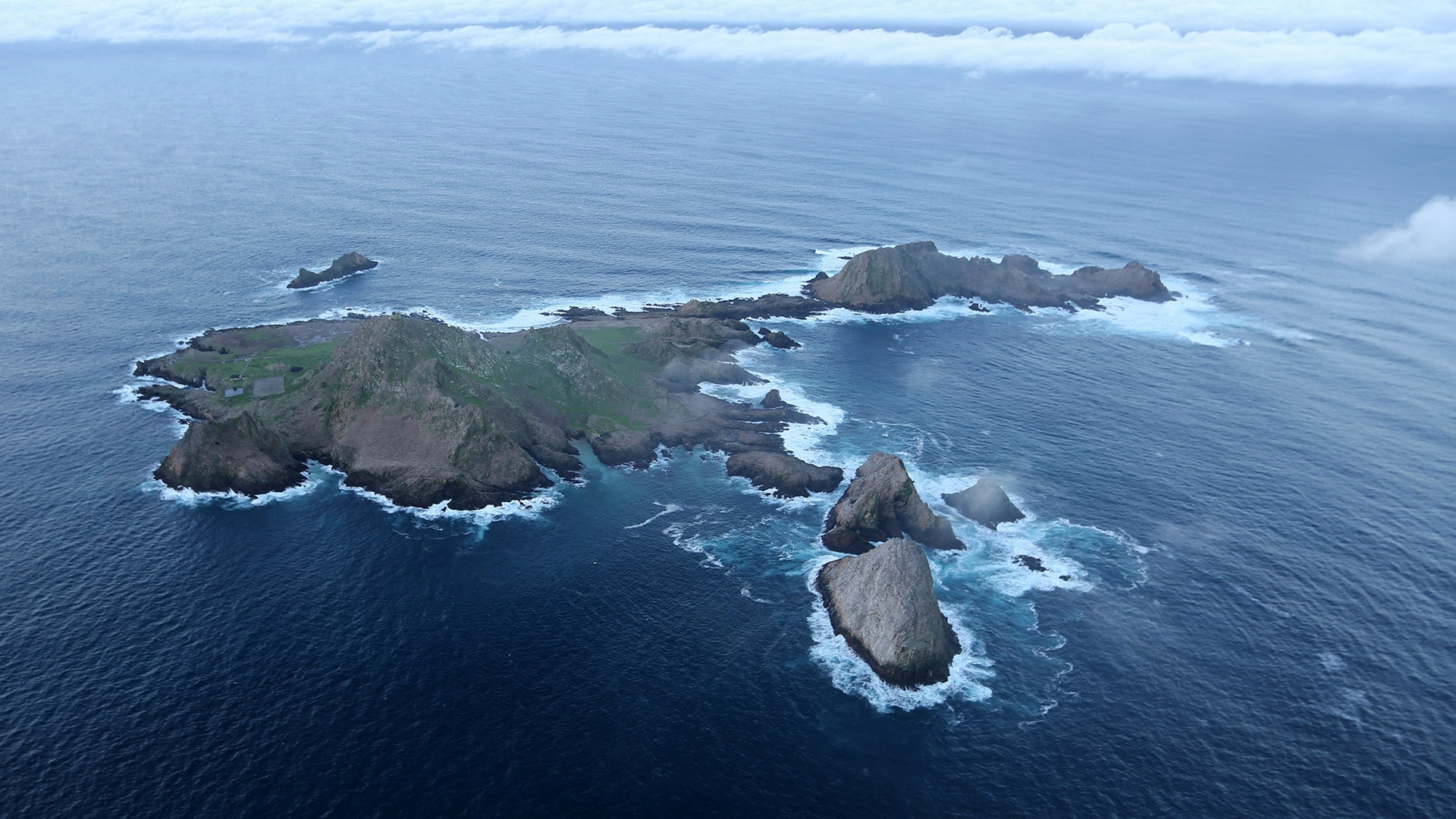
In late January, seven engineers from the Berkeley Seismological Laboratory helicoptered into the Farallon Islands, a windswept, nearly treeless chain of islands 30 miles off San Francisco's Golden Gate, on an eight-day mission to upgrade one of the lab’s most remote — yet most critical — seismic stations.
The station is one of few in Northern California located on the western side of the dangerous San Andreas fault and is vital to the University of California, Berkeley's 181-station seismic network, which ties in with the U.S. Geological Survey's (USGS) network and the California Earthquake Early Warning System (CEEWS) to monitor earthquakes and provide data to warn Californians of seismic activity. The MyShake app developed at UC Berkeley and sponsored by the California Governor’s Office of Emergency Services (Cal OES) uses this network to give Pacific Coast residents an early warning about potential shaking.
Yet, torrential rains and ferocious winds have taken their toll on the 30-year-old outdoor station on Southeast Farallon Island, the largest island within the Farallon Islands National Wildlife Refuge, a U.S. Fish and Wildlife Service preserve that is off-limits to the public and the largest seabird nesting site on the Pacific Coast outside of Alaska. The outdated seismic sensors were encased in a rock cairn as protection from the wind, but small seabirds called ashy storm petrels appeared to have burrowed in for protection as well. Invasive house mice had nested in the sensors’ electronic components.
Over the years, equipment maintenance had been spotty, typically only possible via a six-hour round trip by boat through rough seas.
"This was one of the first instruments put here when Berkeley started to build the Berkeley Digital Seismic Network in the 1990s," said seismology lab director Richard Allen as he accompanied his crew on a survey of the outdated station. "It's been upgraded a couple of times since, but this is our opportunity to really turn this into a state-of-the-art site where we have much lower noise levels and we can really detect all earthquakes that are occurring in the region."
On January 30, when Allen and the engineers arrived, the air was filled with the squawking of sea lions a stone's throw away in a churning inlet. Their stay on the island was timed to avoid the upcoming nesting season for seabirds, such as petrels and Cassin’s auklets, whose nests completely surround the walkway where the station’s cables are laid.
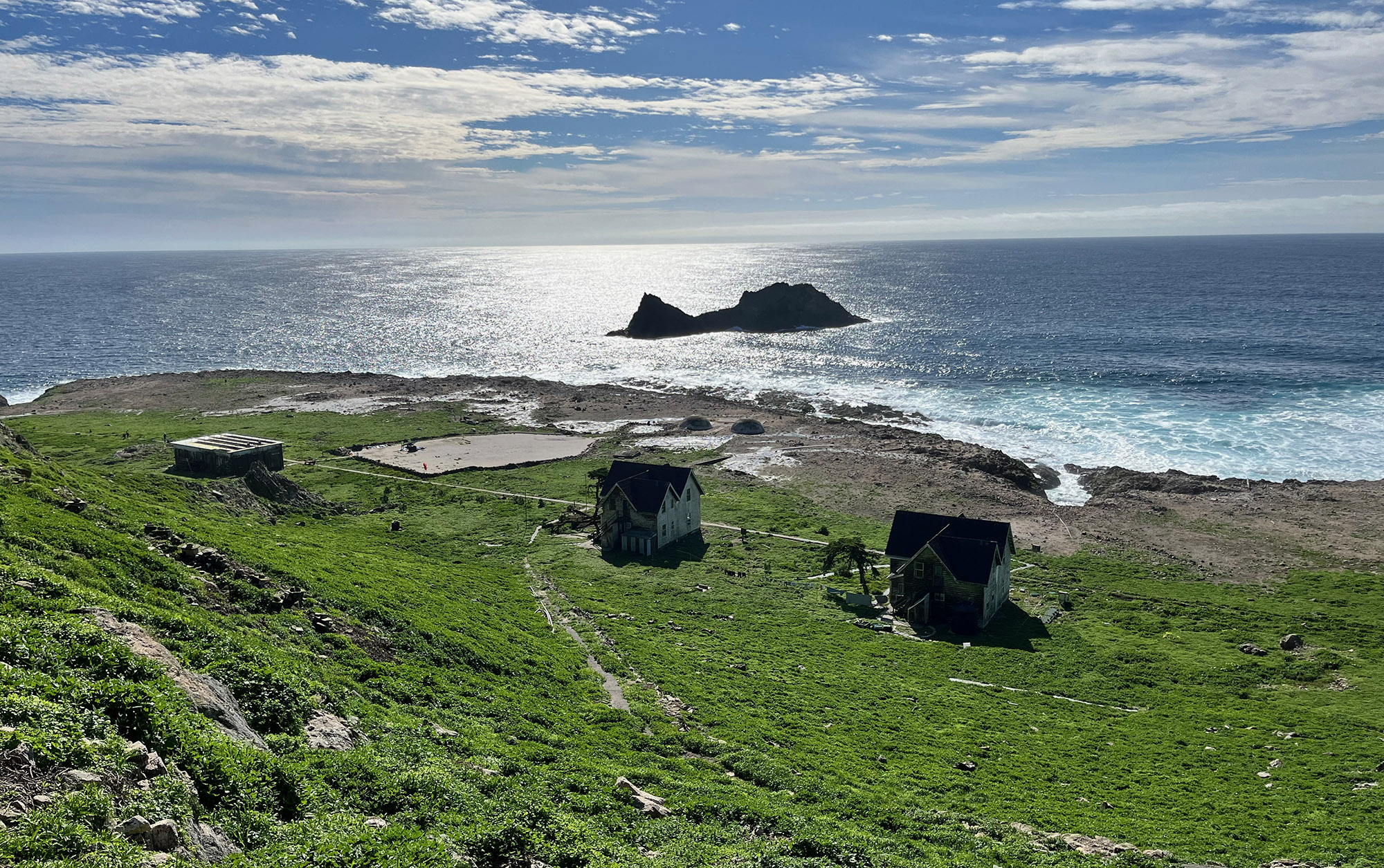
But they couldn't avoid bad weather. The winter's worst storm ripped through during their stay, with gusts up to 75-miles-per-hour. The crew had to work in storm suits, while salt spray and rain rusted their tools within days.
"The Farallon site was always a noisy one anyway, because of storms and maybe birds. The refurbishment — it's really the equivalent of a brand-new station — will provide higher quality data and more reliability," said Allen, UC Berkeley professor of earth and planetary science. "We don't want the station to go down."
A desperately needed upgrade
The Berkeley Seismological Laboratory team has been upgrading seismic stations in the Northern California network for the past six years, in the process navigating around off-the-grid marijuana grows, repairing wires ripped up by bears and occasionally fixing vandalized equipment.
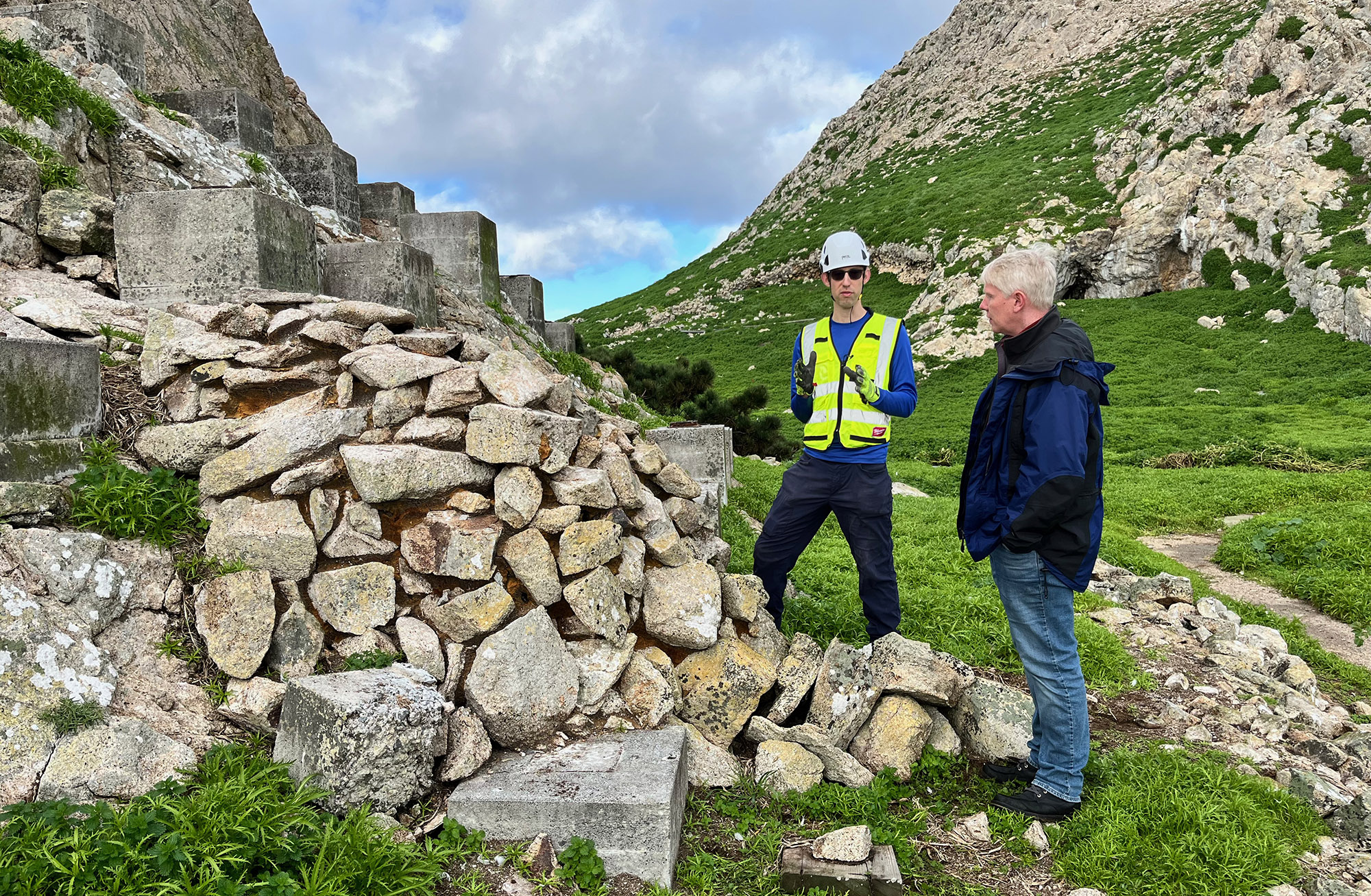
But the upgrade to the Farallon Islands station was, by far, the most exotic location with unique challenges. And it was a critical improvement, considering the San Andreas Fault’s proximity to San Francisco and a densely populated Bay Area.
Earthquakes usually originate along a fault line, so pinpointing the epicenter requires having sensors on both sides of a fault — four stations must detect a quake before triggering a warning through MyShake. ShakeAlert and CEEWS, which underlie MyShake, provide quake warnings to agencies and businesses throughout California has had only three false alarms out of 115 alerts sent out since it started operating in October 2019.
Two of the false alerts were for quakes off Cape Mendocino, near Eureka, where the San Andreas Fault sits offshore without any close monitoring stations to accurately determine location and magnitude. The other false alert was at the California-Nevada border, where the Berkeley Seismological Lab also has few stations.
"That's a pretty spectacular performance overall, but we miss earthquakes all around the edges of the network," Allen said, stressing the need to upgrade the Farallon Islands site.
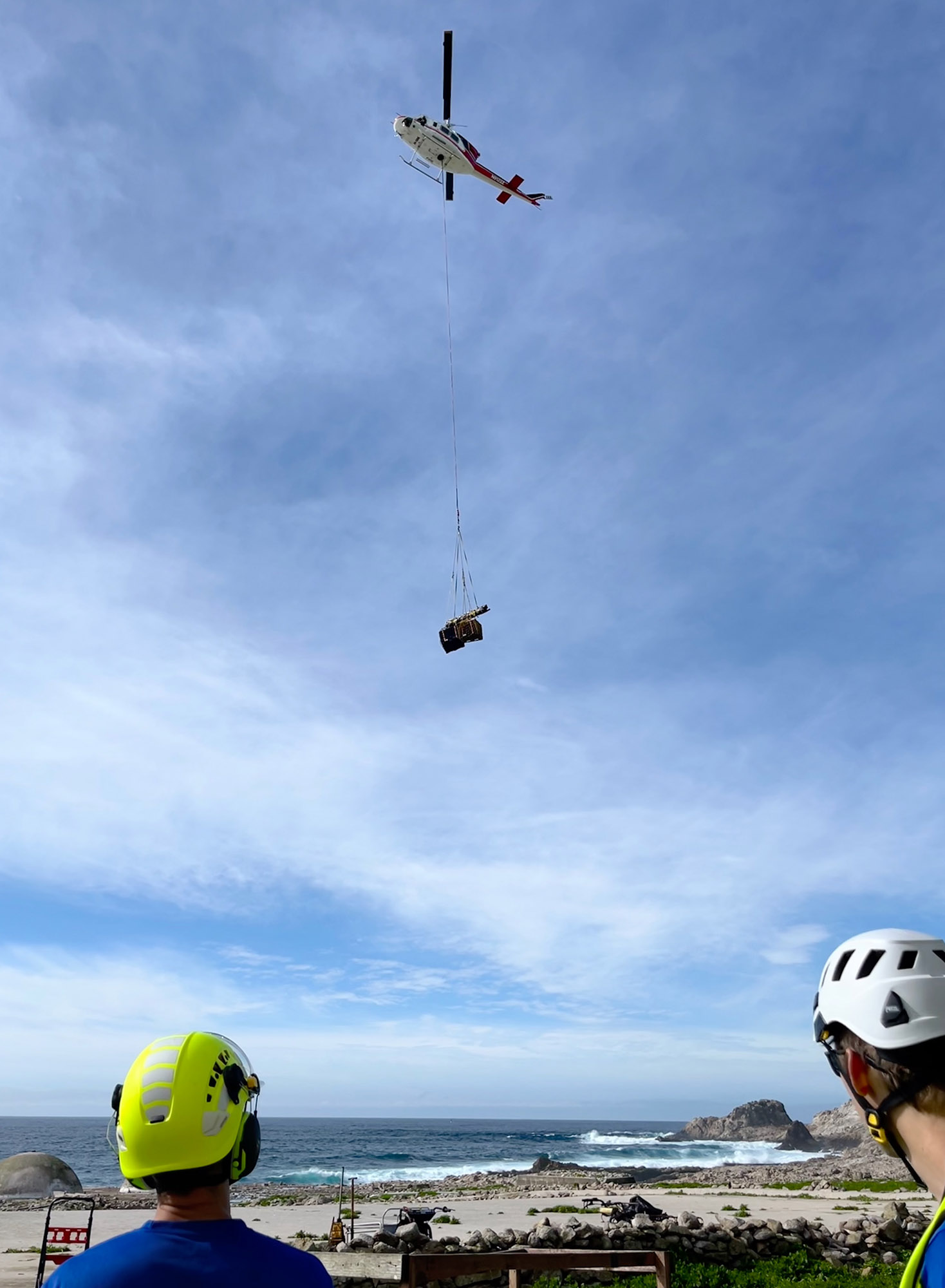
The effort required so much equipment — including rock drills and cabling — that seven round-trip helicopter flights from the Half Moon Bay airport were needed to deliver it and the crew. Between Jan. 30 and Feb. 7, the engineers constructed the new Farallon station and tested the sensors, bunking down in one of two unheated clapboard houses on the island.
What they found on the island was a dusty rack of electronic equipment dating from 1994 pushed to the side of what is now a cluttered carpenter shop, the only remaining portion of a barracks that had been built of rocks and cement in 1905. The equipment was connected to broadband sensors located outdoors a hundred yards away, hidden under a pile of rocks glued together with spray foam. Holes in the foam contained feathers, testifying to the fact that birds had carved out nests there over the years.
Rusty communication antennas and an old GPS Radome, a structure that protects radar antennae from weather, rounded out the station's network.
At the end of the team’s mission, all the old equipment except for the rock-encased seismometers were dismantled and returned to Berkeley.
A network for the next generation
In their place, the team installed two types of accelerometers — a state-of-the-art strong motion sensor, which is the centerpiece of most seismic stations, and a broadband seismometer able to detect small quakes that often go unnoticed. These instruments are now bolted to cement foundations, packed with glass beads inside a protective aluminum cylinder and sheltered from wind and animals by shiny, stainless steel boxes bolted to the rocks.
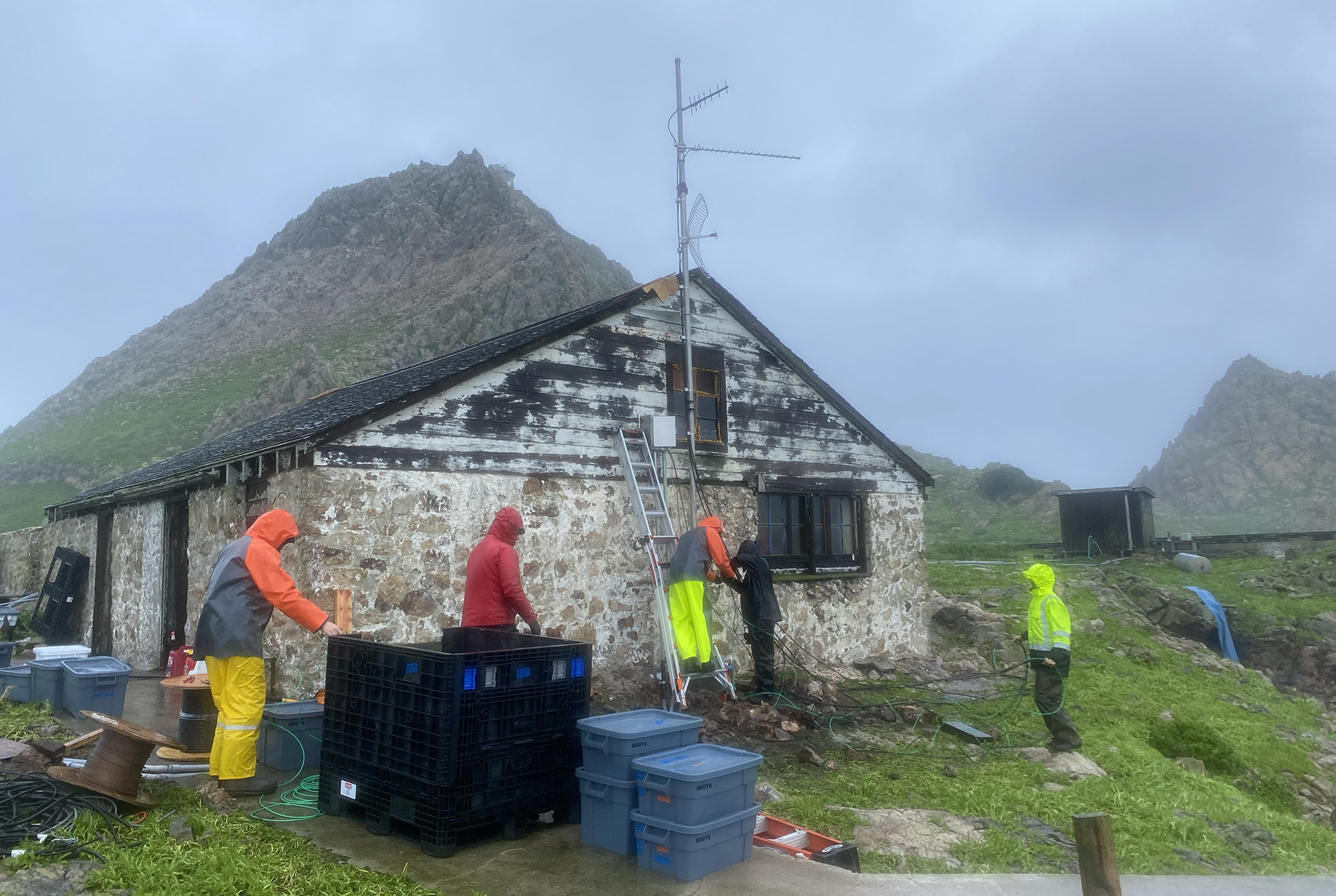
A new GPS antenna to measure horizontal movement sticks six feet into the air, supported by four struts epoxied into granite; new cables have been laid; new electronic equipment now rests inside mouse-proof cabinets in the carpentry shop; and a new antenna peeks above the shop's roofline to send real-time data to a receiver at UC San Francisco.
Thanks to months of planning and great teamwork, "things went shockingly well," said Jonah Merritt, who led the team. "This was the most involved project we have ever pulled off, honestly."
Berkeley Seismological Laboratory scientists are now calibrating the sensors and reviewing the data, part of a monthslong commissioning process required before any station is put on line.
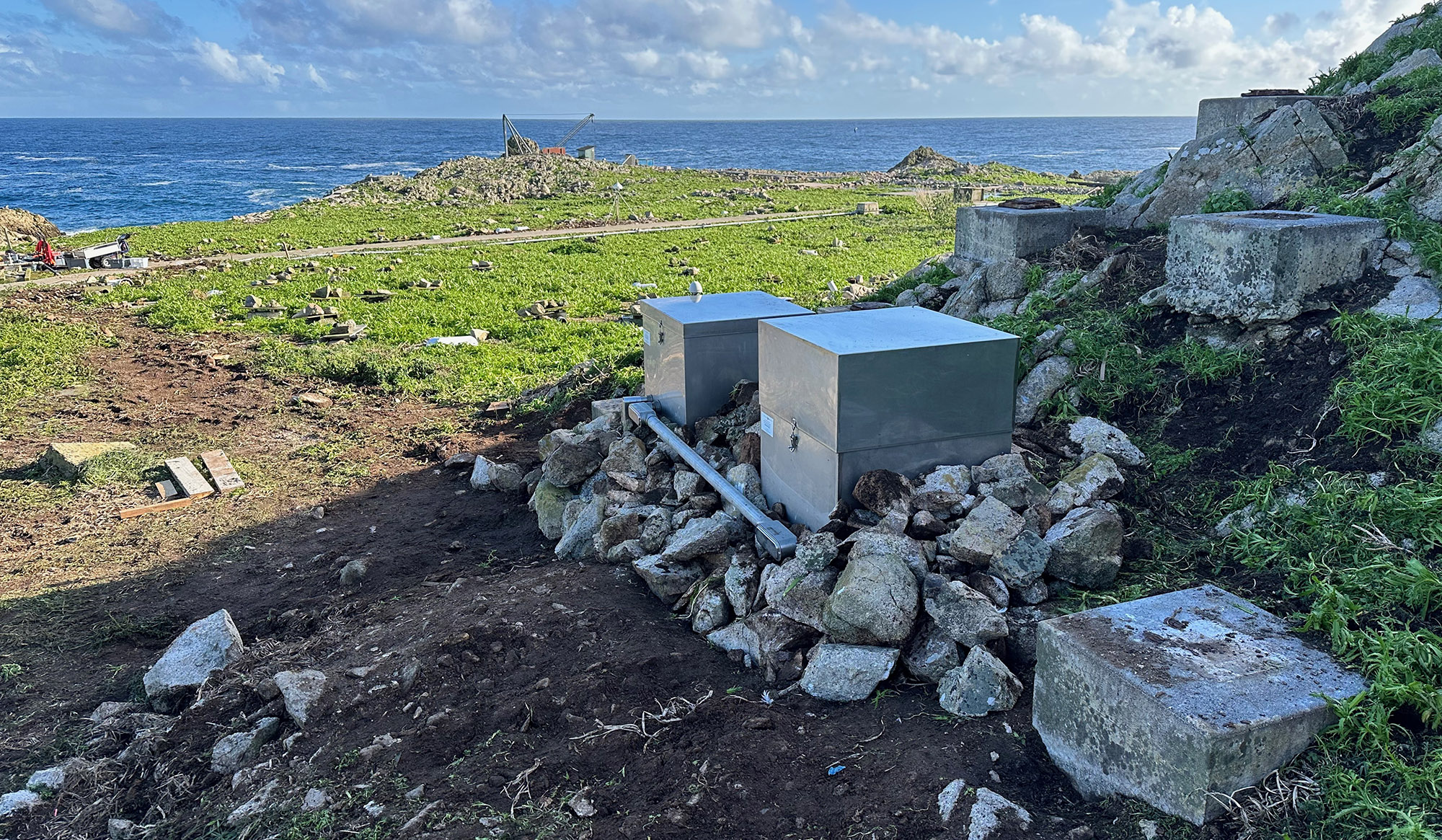
The revamped Farallon station is among the last of UC Berkeley's stations to be upgraded, and because access to it is difficult, it was the most expensive, costing an additional $90,000 for transportation above the typical cost of an upgrade on the mainland. Only four more stations remain. All have been funded by grants from the federal and state government through the USGS and Cal OES. The entire ShakeAlert network of 1,675 stations from California to Washington is now 91% complete, Allen said, incorporating networks managed by UC Berkeley, California Institute of Technology, California Geological Survey and USGS, as well as the University of Washington and University of Oregon.
UC Berkeley's network is also optimized for basic research on global seismicity and to study incremental movement along underground portions of the state's faults. One major area of the lab’s interest is whether smaller quakes, called microquakes, can provide more information about the deeply hidden geometry of faults and, maybe someday, pinpoint areas most prone to a near-term rupture, narrowing the window within which a quake is expected from a generation to perhaps a decade.
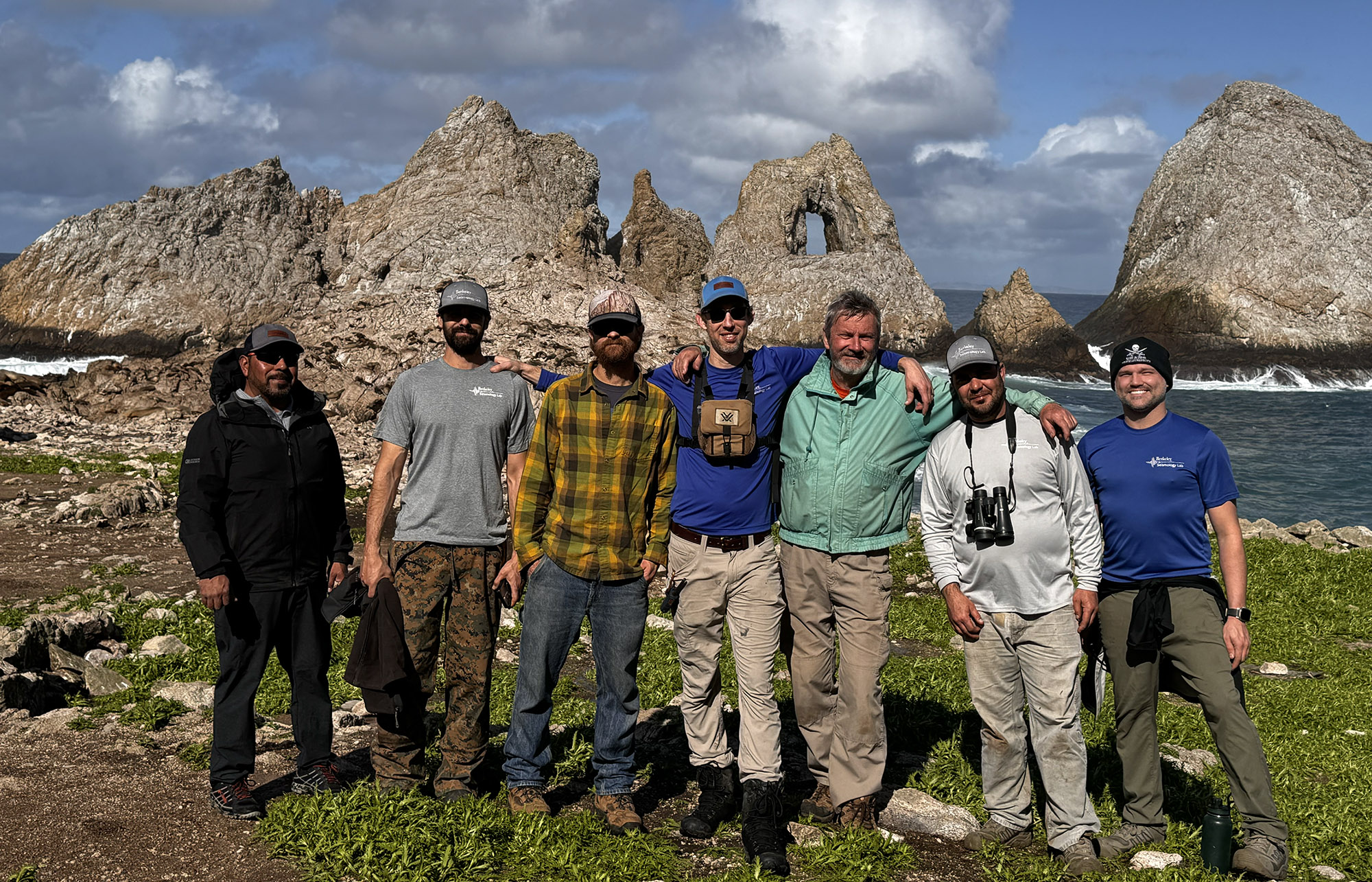
"All of the Berkeley stations have two sensors at them: a strong motion instrument and a broadband instrument," Allen said. "That's good for earthquake early warning because now we have two sensors, and we actually look for both sensors to agree about the earthquake that's under way. The broadband sensor is a much more sensitive instrument, so it allows us to detect much smaller magnitude earthquakes. That feeds into the research goals, where we can detect these smaller magnitude earthquakes and use that to image faults and to understand the statistical properties of earthquakes much more rapidly."
The seismic station upgrades insure a robust early warning system into the future, Allen said.
"We wanted to build a network not only for earthquake sensing,” he said, “but for the next generation."
RELATED INFORMATION
- Berkeley Seismological Laboratory
- California rolls out first statewide earthquake early warning system (2019)
- Earthquake early warning milestone: ShakeAlert rolled out to entire Bay Area (2018)
- With a nod to UC Berkeley, Google crowdsources earthquake data (2020)
- New app turns smartphones into worldwide seismic network (2016)
